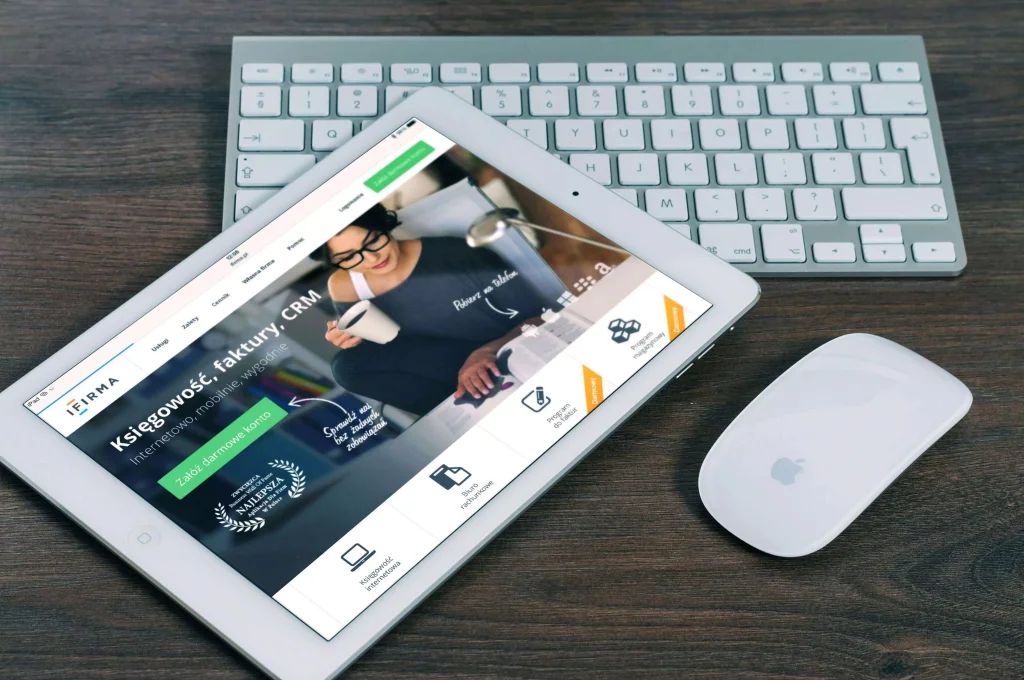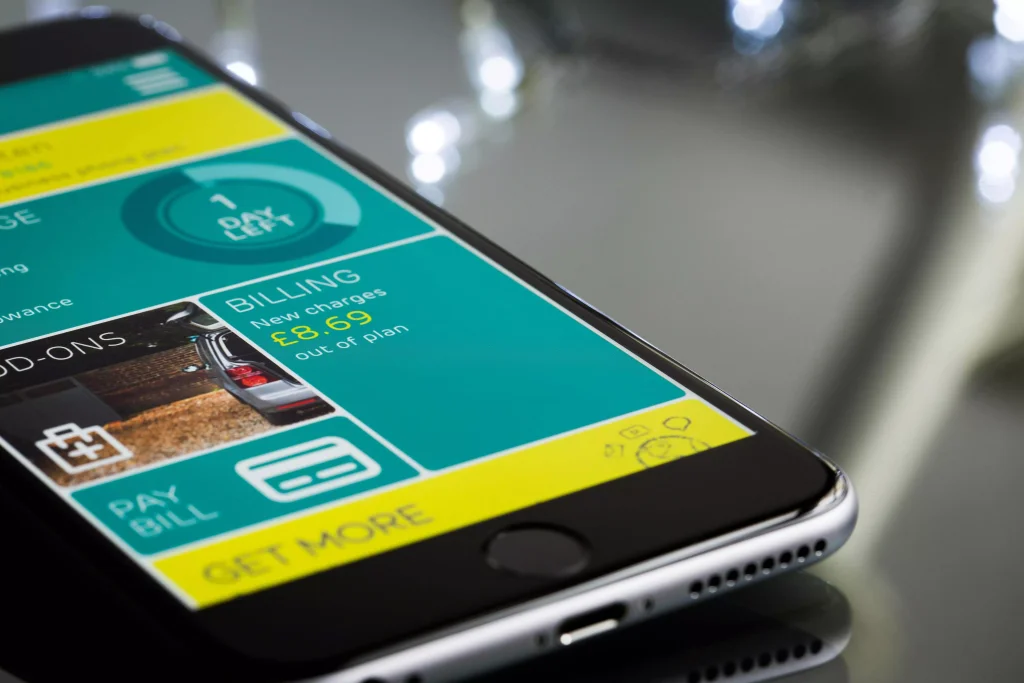In today’s highly competitive digital world, building a website is not just about aesthetics. It’s about crafting a seamless, intuitive, and results-driven user experience. Every successful digital interface begins with user experience (UX) as its backbone. For clients working with Webdev200, understanding these core principles can mean the difference between a site that simply exists and one that thrives.
The moment a visitor lands on a site, countless micro-decisions unfold. Whether users click, stay, convert, or bounce is largely influenced by how well UX is executed. This article explores vital UX foundations every Webdev200 client should comprehend to maximize their digital investment. From intuitive interfaces to mobile optimization and integrated branding, each element plays a part in ensuring that visitors don’t just visit but engage.
The Psychology of First Impressions in Digital Design

A user forms an impression about a website within milliseconds. These subconscious assessments guide whether a visitor will continue exploring or exit prematurely. Effective UX taps into this behavior by designing experiences that immediately feel intuitive, polished, and purposeful.
Webdev200 starts by auditing a client’s brand tone and visual identity. The primary goal is to make users feel that they’re in the right place. Clean interfaces, appropriate color psychology, and logical information hierarchy all work together to establish trust instantly.
For instance, a financial services website demands visual stability and a conservative tone, whereas an entertainment platform leans on vibrancy and interaction. Tailoring UX to psychology doesn’t mean guessing preferences but using time-tested behavioral design techniques. When aesthetics align with the user’s subconscious expectations, engagement rates improve organically.
Information Architecture That Aligns with User Behavior
One of the most overlooked yet critical UX aspects is information architecture. This refers to how content, links, categories, and visuals are structured to guide the user effortlessly. Webdev200 approaches architecture with a behavioral mapping strategy. This means understanding how different audience segments navigate digital spaces and building content hierarchies around those patterns.
Instead of overloading a homepage with features and sections, Webdev200 emphasizes purposeful depth. Navigation menus are streamlined. Call-to-action areas are placed where user eyes naturally travel. Categories and subpages follow a hierarchy that reduces friction.

For example, in eCommerce applications, the placement of filters, breadcrumbs, and product suggestions significantly influences cart conversion. When these structural decisions follow user expectations, visitors find what they need without confusion. Clients who embrace this aspect of UX often see a significant drop in bounce rate and a boost in session duration.
Interaction Design That Encourages Flow and Feedback
Interaction design refers to the micro-interactions that users encounter when they click, scroll, input, or navigate a website or mobile application. The tactile and visual feedback provided in each interaction often determines user satisfaction.
Webdev200 prioritizes responsiveness and feedback. When a button is clicked, it should animate or respond in some fashion. Forms that validate input in real time offer reassurance. Scroll-triggered elements should load fluidly and not disrupt reading flow.
Beyond functionality, interaction design must feel human. Small touches like hover effects, transitions between sections, and visually guided paths create a sense of flow. This helps prevent cognitive overload and encourages deeper engagement with the content.
Clients often underestimate the value of this principle. Yet, in performance-driven environments like landing pages or mobile app interfaces, even milliseconds of lag or poor transitions can cause users to abandon tasks. Intuitive interaction, therefore, isn’t a luxury; it’s a conversion tool.
Inclusive Design That Expands Reach

Designing for everyone is not just a trend, it’s a necessity. Webdev200 champions inclusive UX by embedding accessibility standards from the initial build. That means color contrast considerations, keyboard navigation compatibility, alt-text usage, and screen reader friendliness.
But inclusivity isn’t just about accommodating impairments. It’s also about designing experiences for people on slower networks, older devices, or differing cultural contexts. A lightweight mobile application should load seamlessly in remote locations just as well as in urban centers.
Inclusive design extends brand trust. When users feel that a website understands their limitations or preferences, loyalty forms. For clients, this means expanding reach beyond ideal demographics and into real-world, diverse audiences.
Understanding inclusivity allows Webdev200 clients to unlock broader segments, improving ROI across content, product, or service offerings. Inclusivity isn’t just good UX; it’s good business.
Mobile-First Thinking for Dynamic Digital Behavior

Mobile browsing has long surpassed desktop in volume. Yet many brands still approach mobile design as a second-tier task. At Webdev200, the philosophy flips: design begins with mobile-first thinking. This means designing for the smallest screen size and progressively enhancing for larger displays.
From thumb-friendly button spacing to adaptive navigation drawers, mobile UX demands a different strategy. The constraints of mobile force clarity, conciseness, and speed, qualities that benefit all platforms. Clients are often surprised by how optimizing for mobile also streamlines their overall content strategy.
Webdev200 integrates mobile application capabilities with responsive web design. Whether it’s a marketing campaign or a shopping experience, the focus is on ensuring speed, clarity, and ease of access across all devices. By embracing mobile-first principles, clients future-proof their digital assets and cater to evolving user behavior.
Continuous Optimization Through Data-Driven UX
Great UX doesn’t end at launch. Every digital experience should evolve based on data, feedback, and real-time user behavior. Webdev200 provides robust support and maintenance services that include analytics review, A/B testing, and behavioral heat mapping.
By monitoring how users actually interact with a website or application, designers can identify friction points and adjust accordingly. Perhaps a key CTA is underperforming due to placement. Maybe users abandon forms halfway due to confusing instructions. These are not failures, they’re opportunities for growth.
Clients are encouraged to treat UX as a living system. Just as product features iterate based on customer feedback, so should user experience. With a responsive support structure in place, changes can be rolled out with precision, ensuring continual performance gains.
Moreover, SEO marketing strategies are also improved when UX evolves with data. Pages that offer better experiences gain more backlinks, see longer dwell times, and receive favorable search rankings. In this way, UX becomes a foundational tool not just for engagement but also for organic visibility.
Branding Consistency as a UX Strategy

Too often, branding and UX are treated as separate initiatives. In reality, they are deeply connected. Branding consistency reinforces familiarity. Familiarity builds trust. Trust boosts conversions.
Webdev200 integrates branding into the UX workflow from day one. This ensures that fonts, color schemes, tone, and imagery are consistent across landing pages, blogs, applications, and even 404 error messages. Every click should feel like an extension of the same personality.
When branding is fragmented, users lose confidence. They question legitimacy. They hesitate. Unified branding across all UX touchpoints eliminates these doubts and strengthens brand equity.
This principle becomes even more important when scaling to multiple platforms. A client’s mobile app, for example, should mirror the tone and feel of the desktop website. A digital ad should lead to a landing page that feels cohesive in voice and design. Without branding consistency, even the best-designed UX loses momentum.
The Role of Creative Direction in Differentiation
While templates and frameworks are useful, they rarely spark user delight. Creative direction injects uniqueness into UX, something Webdev200 excels at. Whether through custom illustration, interactive storytelling, or bespoke animations, creative assets build emotional connection.
This is where the creative team works closely with developers to ensure that ideas aren’t just feasible but optimized for performance. A loading animation, for instance, can serve both an aesthetic and functional role. A branded micro-interaction on a confirmation page can turn a routine step into a memorable moment.
Clients who invest in creative UX often outperform competitors in user retention and brand recall. It’s not about being flashy, it’s about crafting experiences that feel alive, intentional, and inspired. By prioritizing creative exploration within the UX process, clients position themselves as leaders, not followers.
Marketing Integration for Seamless Funnel UX

Marketing and UX share a common goal, conversion. Yet, many clients operate as if they are parallel processes. Webdev200 bridges this gap by integrating marketing strategy directly into UX design.
This includes designing pages with SEO best practices, aligning landing page experiences with ad copy, and building user flows that reflect real customer journeys. The integration ensures that prospects don’t feel baited or misled when moving from campaign to site.
A well-executed UX doesn’t just display content; it guides the user through the funnel. From awareness to consideration to decision, each stage is supported by intuitive layouts, tailored messaging, and unobtrusive prompts.
By embedding marketing logic into the user journey, Webdev200 ensures that every interaction serves both user intent and business objectives. This synergy transforms UX from a passive medium to an active sales asset.
Final Perspective
Understanding UX isn’t just a designer’s job, it’s a client’s competitive advantage. At Webdev200, each digital project is rooted in principles that prioritize users without compromising brand identity or technical performance.
From the way users first perceive your brand to how they interact, engage, and convert, UX is the invisible thread that holds the entire experience together. Clients who embrace these principles see faster adoption, deeper loyalty, and greater ROI.
To elevate your brand through impactful UX design that’s tailored, inclusive, and data-driven, connect with the Webdev200 team today.

